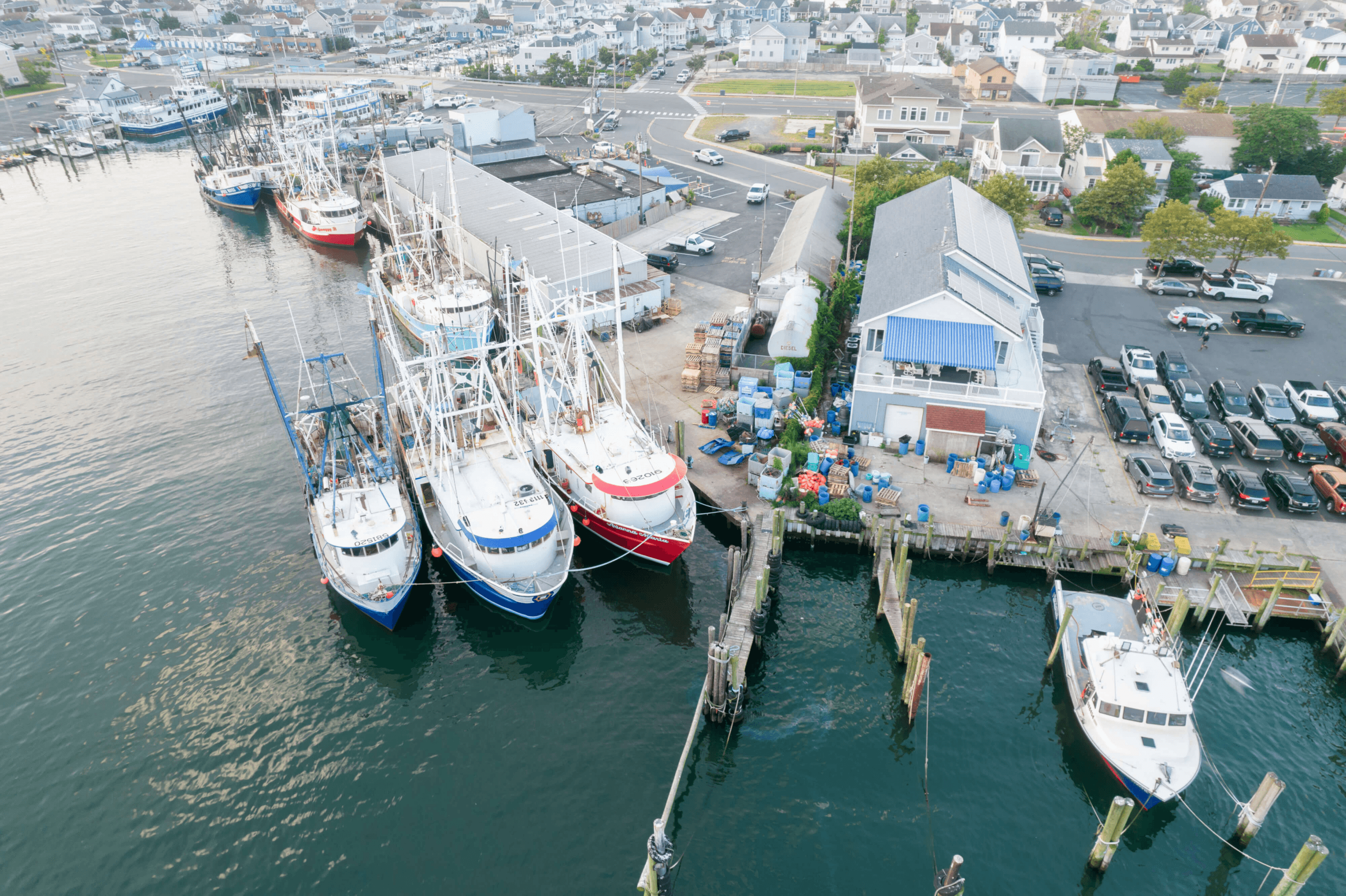"How To" Guide to the Digital Atlas for Physical & Biogeochemical Conditions in Chesapeake Bay

Mining the Data: A "How To" Guide to the Digital Atlas for Physical and Biogeochemical Conditions in the Chesapeake Bay

Speaker
Pierre St-Laurent
Get Involved
If you are interested in learning more about MACAN and the work we do, please sign up for our monthly newsletter. You can also read our 2024 to 2028 Work Plan.

The Mid-Atlantic Coastal Acidification Network. All Rights Reserved.